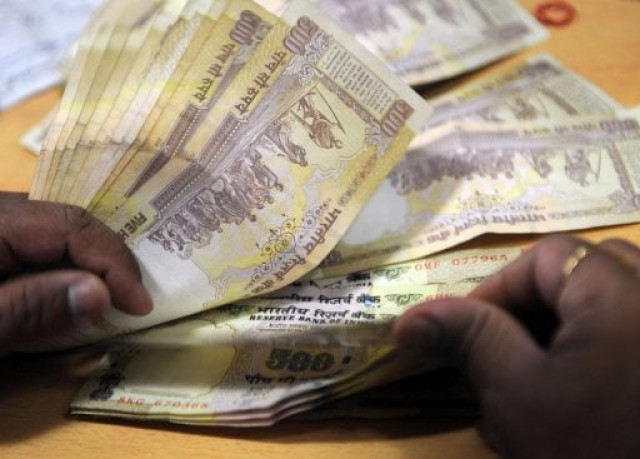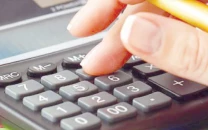India rupee woes highlight economic drift
A falling rupee stokes India's inflation and it deters capital inflows.

India rupee woes highlight economic drift
The rupee, which slumped to as low as 56.38 to the dollar last week, has lost around a quarter of its value in the past 12 months and is currently Asia's worst-performing currency.
"The Indian rupee's weakness is a symptom and not the underlying problem", which is "policy incoherence, shifting global risk appetite and a comatose government", said Rajeev Malik, senior economist at independent brokerage CLSA.
Ratings agency Standard and Poor's has cut India's credit outlook to negative, growth is slowing and the current account deficit -- the widest measure of a country's trade with the rest of the world -- is at a three-decade high.
Prime Minister Manmohan Singh has admitted his squabbling Congress-led coalition must do more to get the once red-hot economy moving again.
"I will be the first to say we need to do better," the 79-year-old said as he presented his coalition's annual report card at a function last week.
Singh is credited with opening India's economy when he was the finance minister in 1991 but his premiership has been tainted by a series of policy U-turns and corruption scandals.
His once ambitious reform agenda has stalled amid coalition infighting, and the economic climate has been further strained by the announcement of new tax policies seen as hostile to foreign investment.
"India's weak national government remains the single biggest drag on activity," said Glenn Levine, senior economist at Moody's Analytics.
Now the rupee's free-fall appears to be bringing economic worries to a head.
Out of 58 economists and corporate chief executives polled, 53 said the economic situation had suddenly worsened, according to the Associated Chambers of Commerce and Industry of India (Assocham).
"The worst disaster is coming from a huge uncertainty on the rupee value and its freefall. Everybody out there in the business world is feeling shaky," said Assocham when it announced the survey at the weekend.
Many analysts are eyeing 60 rupees to the dollar as the next big mark for the currency as lacklustre US data and a worsening European debt crisis prompt risk-averse investors to dump emerging-market assets.
A falling rupee stokes India's inflation -- already running at over seven percent -- by making imports costlier and makes it harder for firms to service dollar-denominated debt.
It also deters capital inflows, making it much tougher to close the gaping current account deficit, which is already running at 4.3 percent of gross domestic product.
Analysts say India could take steps to temper dollar demand and support the rupee -- such as having the central bank sell dollars directly to Indian oil firms, which would lower demand for greenbacks in the foreign exchange market.
Fuel-scarce India purchases 80 percent of its crude from abroad, using dollars.
India could also issue bonds to non-resident Indians at attractive rates.
But the central bank "at best, can only contain the pace of depreciation somewhat, while not being able to reverse it", said Deepali Bhargava, chief India economist at Espirito Santo Securities.
Analysts said the rest was up to the government -- which needs to press ahead with long-delayed economic reforms such as further opening up the retail and aviation sectors to foreign investment.
"The government will have to restore confidence in governance... and address investor nervousness on tax issues," said private bank IndusInd's head of trading Rajeev Mahrotri.
In the meantime, global banks have been taking a knife to their growth estimates following a string of weak economic indicators.
The government has forecast growth of 7.6 percent for this fiscal year to March 2013. But private forecasters are pencilling in numbers from six to seven percent -- enviable by Western standards but not enough to reduce India's crushing poverty, experts say.
Investment house Morgan Stanley said it expects growth for the fiscal year just ended to be 6.5 percent --- lower than the government's estimate of 6.9 percent, and below even the 6.7 percent achieved in 2008-09, the year of the global economic meltdown.


















COMMENTS
Comments are moderated and generally will be posted if they are on-topic and not abusive.
For more information, please see our Comments FAQ